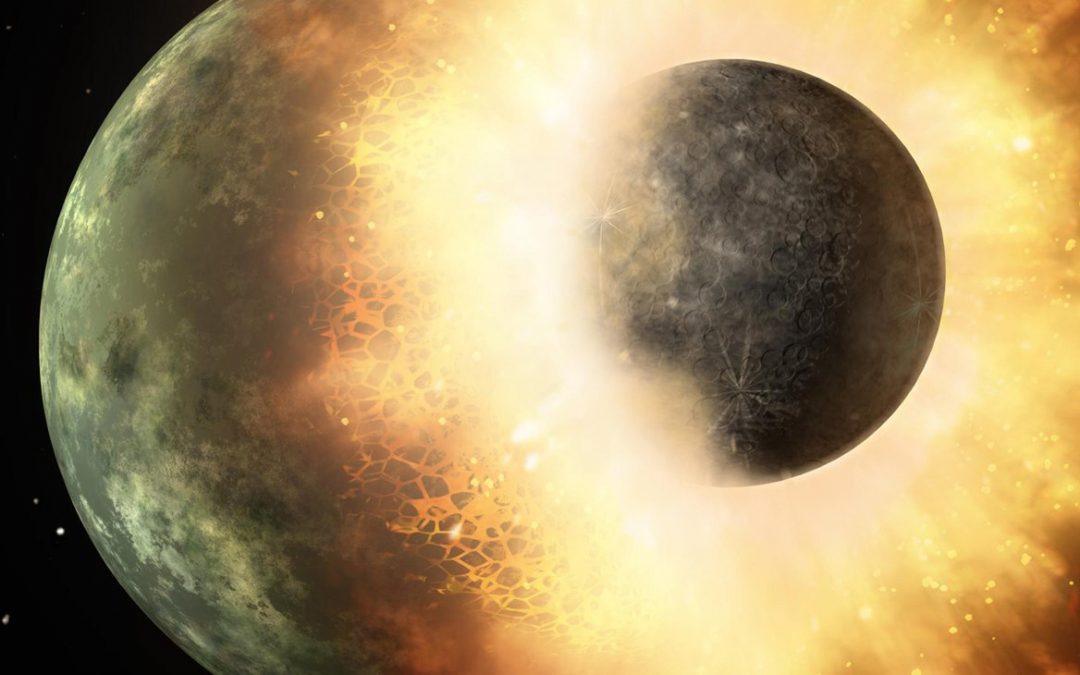
Black Hole’s Dust Ring Casting Shadows
Once again, we find that dust is the culprit, this time causing a black hole to cast shadows out from the heart of its galaxy. Plus, a fossil galaxy in the Milky Way, newborn jets, and more.

Once again, we find that dust is the culprit, this time causing a black hole to cast shadows out from the heart of its galaxy. Plus, a fossil galaxy in the Milky Way, newborn jets, and more.
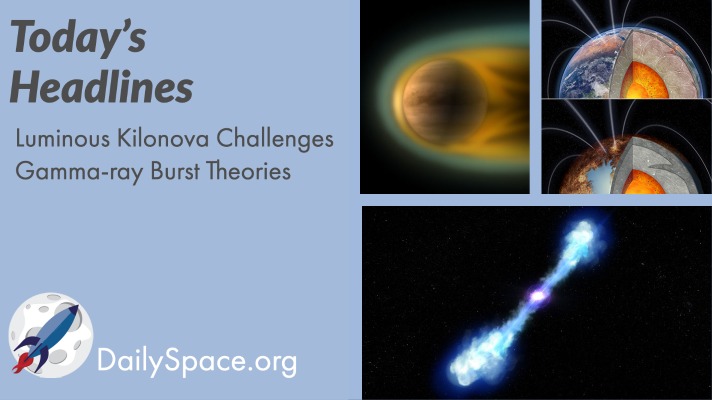
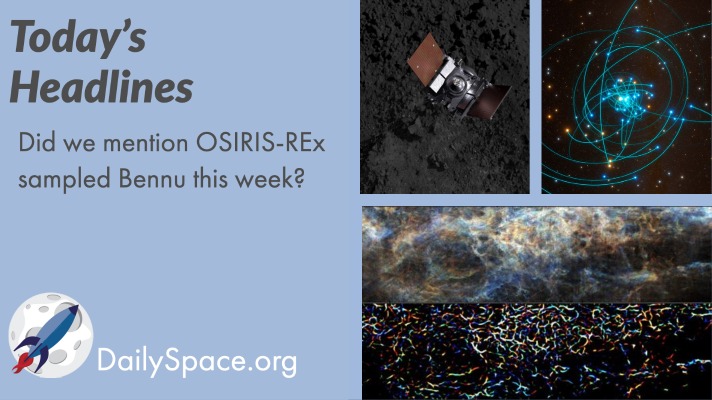
Of course, our top story today is the touch-and-go sampling event on our favorite asteroid-to-hate, Bennu. OSIRIS-REx’s TAGSAM worked as expected, and now we’re waiting for the mass measurement of the sample taken. Plus, the Milky Way’s black hole is spinning too slowly to make jets, and the galaxy’s history can be found in atomic hydrogen filaments.
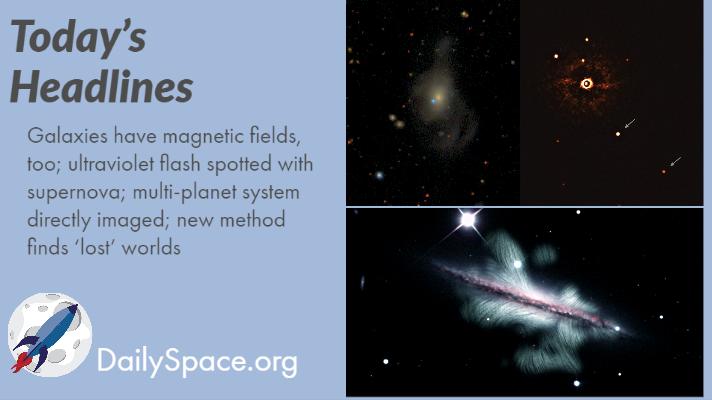
Join us today as we learn that galaxies have magnetic fields, too. Also, scientists are excited to catch the ultraviolet flash of a type Ia supernova and directly image a multi-planet extrasolar system. Finally, researchers have developed a new method for finding “lost” worlds in NASA TESS data (but no dinosaurs, thankfully).
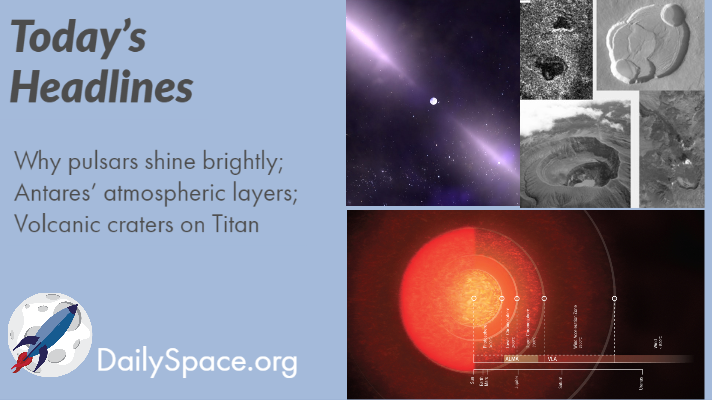
Join us today as we consider a new paper on why pulsars shine so brightly (hint: it’s those pesky magnetic fields). We take a look at new images of Antares’ massive atmospheric layers. Finally, we share a story from our own Planetary Science Institute: evidence has been found that there are volcanic craters on Saturn’s moon, Titan.
